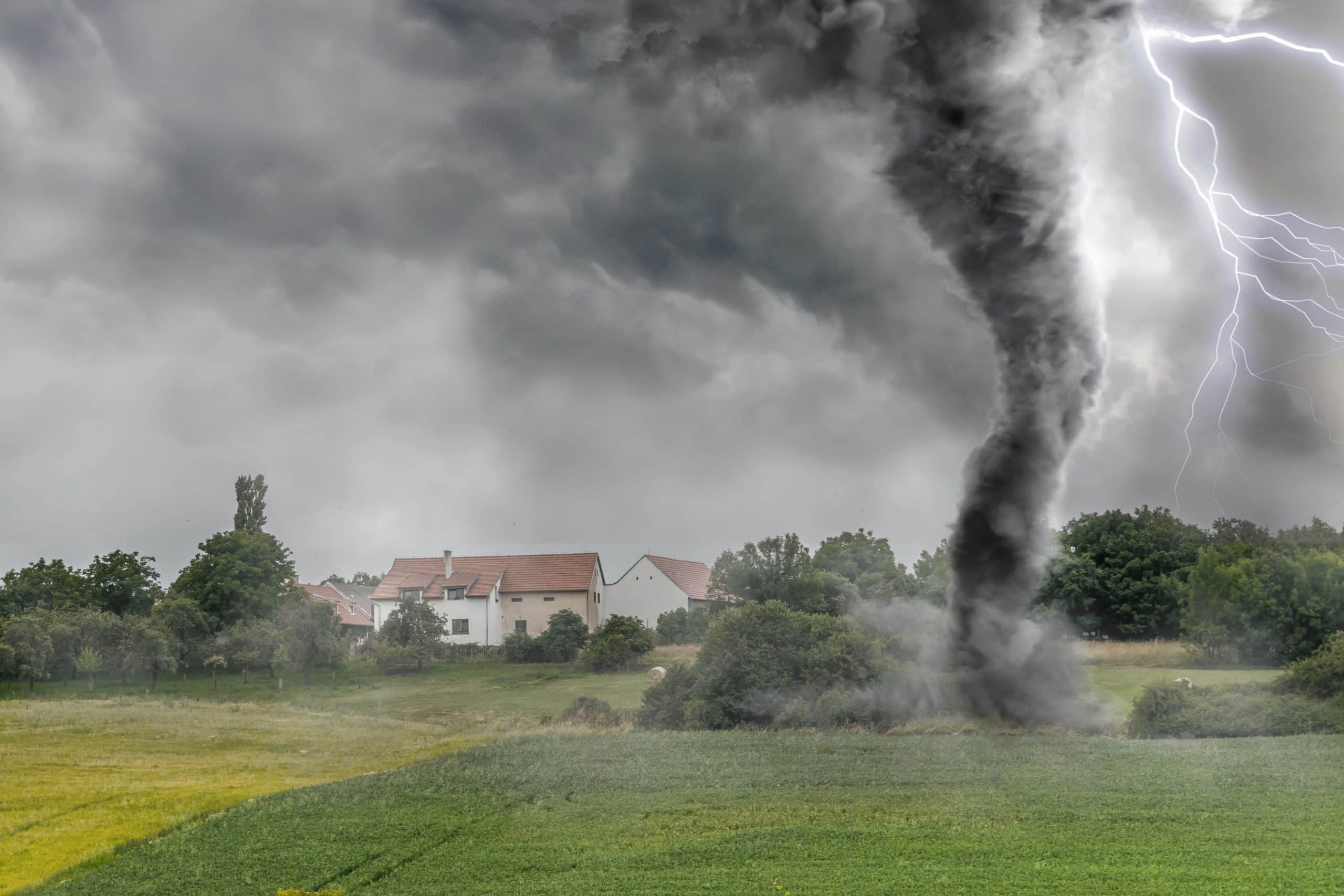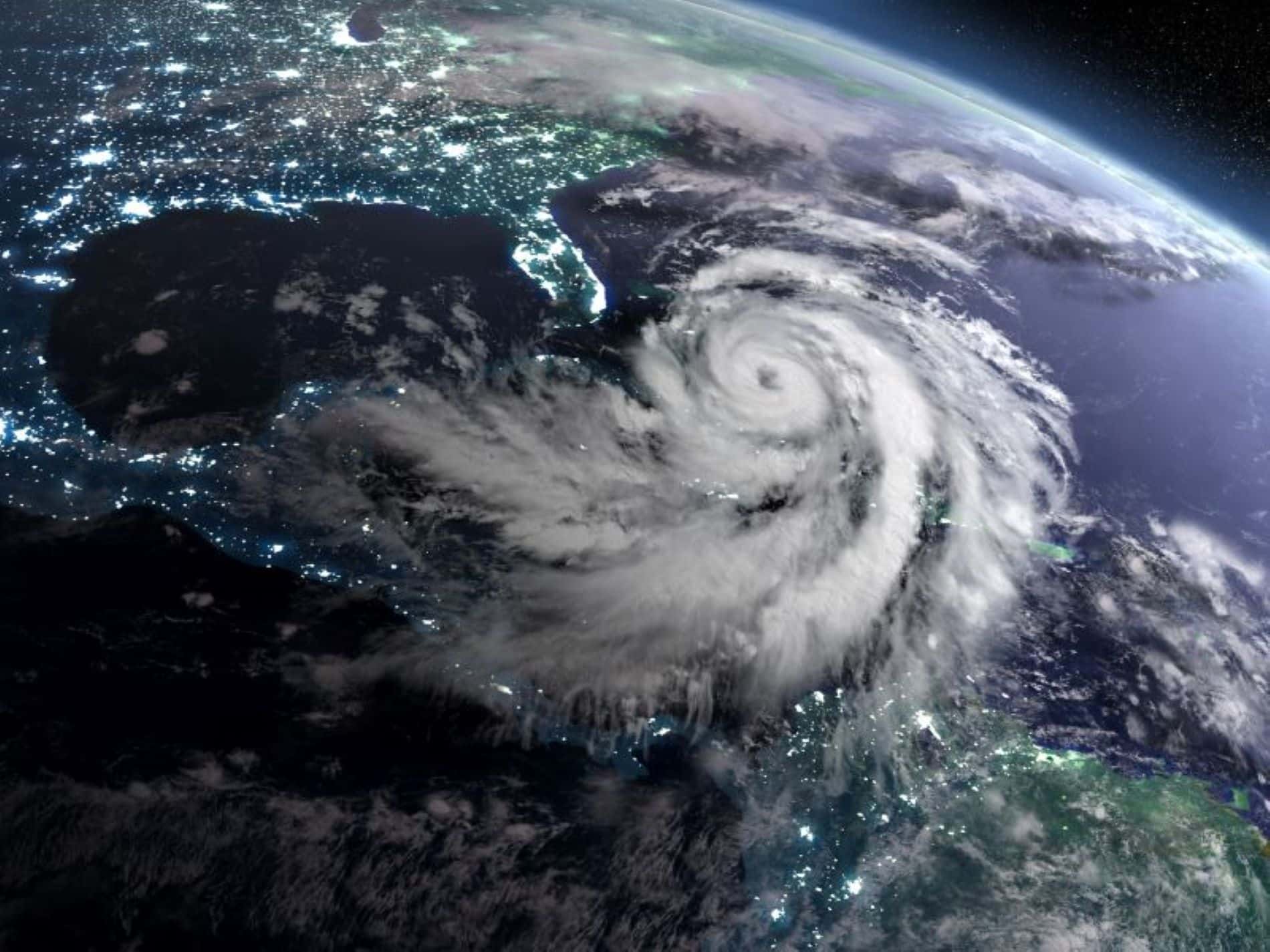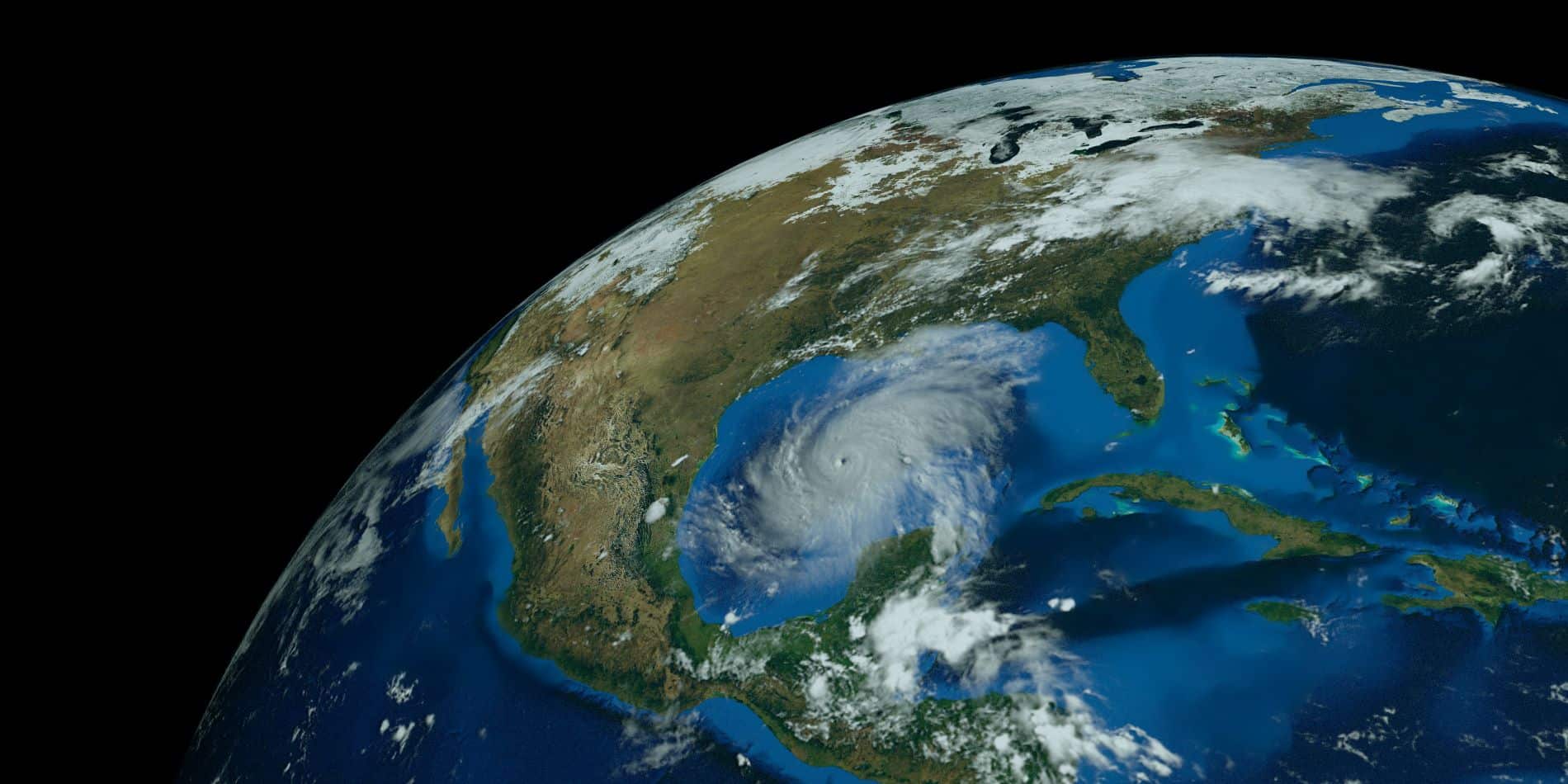
2024 has ushered in a tumultuous start with a series of devastating tornadoes across, Tennessee, Arkansas, Nebraska, Texas, Louisiana, Mississippi, Florida, Alabama, Indiana, Kentucky, Wisconsin, Illinois and Ohio, raising urgent questions about the impact of shifting climate patterns on tornado activity. As we delve into this year’s tornado forecast, it’s essential to consider the intricate dance between El Niño and La Niña and its potential to shape severe weather. This blog post offers a detailed analysis of the 2024 tornado outlook, providing critical insights from leading meteorologists and examining the broader climatic influences at play. Understanding these types of weather events can create a better understanding of how to prepare for the safety of your loved ones and property. Annually, tornado season causes billions of dollars of property damage and leads to tens of thousands of homeowners insurance claims,
Understanding Tornado Trends and Climate Influence
The Role of El Niño and La Niña
El Niño and La Niña significantly influence U.S. weather patterns, especially tornado activity. As we transition from a strong El Niño phase, which generally suppresses tornadoes in the Plains, to a predicted La Niña, we are likely to see a spike in tornado occurrences. This section explores how these phases could affect tornado frequency and intensity in different regions of the United States.
Regional Tornado Forecasts for 2024
The peak tornado season in the U.S. is approaching, with a historical concentration of tornadoes from March to June. This section provides a detailed forecast for the Central U.S., the Southeast, and the Northern Plains, discussing how current oceanic temperatures and climatic transitions might influence tornado activity.
Analyzing the Impact of Ocean Temperatures
Ocean temperatures play a crucial role in shaping weather patterns that lead to tornadoes. This segment delves into the current conditions in the Gulf of Mexico and their potential effects on the generation of convective storms capable of spawning tornadoes, especially in the eastern half of the nation.
Expert Opinions and Seasonal Predictions
Insights from meteorologists and climate scientists provide a rounded perspective on the expected severity of the 2024 tornado season. This part of the blog evaluates differing expert opinions and discusses the reliability of seasonal forecasts in predicting tornado activity.
Conclusion
While the recent spate of tornadoes might suggest an ominous start to 2024, it’s crucial to approach seasonal tornado forecasts with caution due to their inherent unpredictability. This post has examined the potential effects of El Niño and La Niña on this year’s tornado activity, offering a comprehensive outlook that helps readers understand and prepare for the months ahead. Preparation looks a lot like having essential supplies on have to protect people, and homes with updates to roofing, siding and more to prevent both injury and the type of property damage that can lead to high risk homeowners insurance.
FAQs
- What is the peak tornado season in the U.S.? The peak tornado season generally runs from March to June, with regional variations across the country.
- How do El Niño and La Niña affect tornado activity? El Niño typically reduces tornado and hail reports in the Plains, while La Niña may increase tornado activity as it fosters conditions favorable for storm formation.
- Can ocean temperatures predict tornado activity? While not directly predictive, warmer ocean temperatures in the Gulf of Mexico can energize storms that lead to tornadoes, particularly in the eastern U.S.
- Are current tornado forecasts reliable? Seasonal tornado forecasts have large variabilities and should be considered with other short-term weather forecasts for better accuracy.
- How does climate change impact tornado frequency and intensity? The link between climate change and tornadoes is complex and not fully understood, but it may influence patterns that alter tornado activity.
Recent Posts
Claims Surge Amid Unusual 2024 Hurricane Season and What Does it Mean for High Risk Homeowners Insurance?
How is the season so far and what do higher temperatures have to do with it? That warm waters in the tropical Atlantic...
2024- Are Burglary Claims Still a High Risk?
Burglaries are a persistent threat to homeowners across the U.S., with over one million break-ins occurring annually. Even though burglary rates have decreased...
2024 Atlantic Hurricane Season Predictions
All Early Predictions Call for a Busy 2024 Atlantic Hurricane Season Forecasters are predicting an exceptionally active Atlantic hurricane season in 2024. The...




